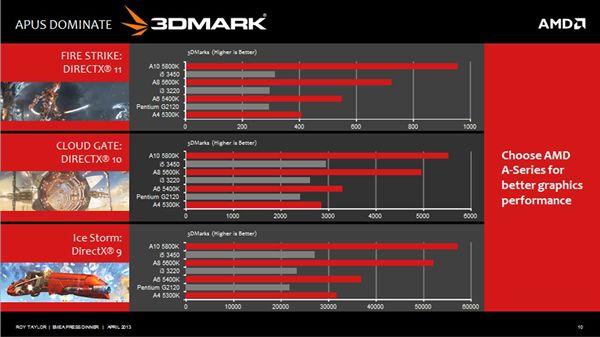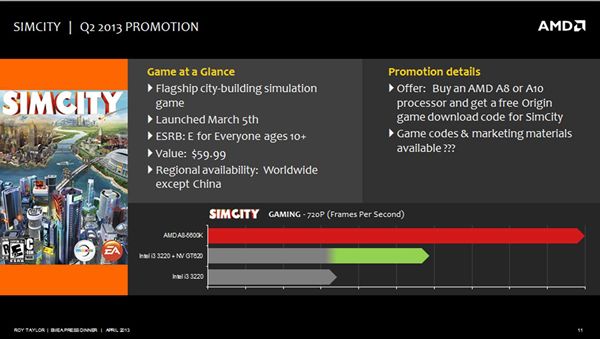 Los Alamos National Laboratory in New Mexico is getting a next-generation $174 million supercomputer based around Intel’s Knight’s Landing Chip.
Los Alamos National Laboratory in New Mexico is getting a next-generation $174 million supercomputer based around Intel’s Knight’s Landing Chip.
Dubbed “Trinity” the supercomputer will maintain the safety and effectiveness of the nation’s nuclear weapons.
Ordered by the National Nuclear Security Administration the computer is being developed with Cray and will be housed at Los Alamos’ Metropolis Computing Centre.
Officials say Trinity will run the largest and most demanding simulations of stockpile stewardship, assuring the safety, security, and effectiveness of the country’s nuclear stockpile without underground testing.
Cray is using an array of new computer technologies in Trinity, and when it is delivered in 2015 it could be the fastest in the world. The world’s fastest computer is Tianhe-2 at China’s National University of Defence Technology, which delivers 33.86 petaflops of peak performance which should give you an idea how fast Trinity will go.
The Linux-based Trinity supercomputer will use Cray’s latest Aries interconnect will contribute to the speed boost, connecting server closets, processors, storage arrays and other components..
Trinity will have 82 petabytes of distributed storage, some of the highest capacity Cray has put into a supercomputer. It will provide throughput of 1.7Tbps (terabytes per second) for internal data transfers. The supercomputer will use the Lustre file system.
Trinity will have Intel’s Xeon Phi processors code-named Knights Landing, which can deliver 3 teraflops of peak performance, making it Intel’s single fastest chip to date. Knights Landing is based on Intel’s Silvermont CPU architecture, which is the basis for the chip maker’s latest smartphone and tablet chips.
The Knights Landing chipset will have Micron’s Hybrid Memory Cube technology, which provides speed and power efficiency upgrades over DDR memory. HMC provides 15 times more bandwidth than DDR3 DRAM and draws 70 percent less energy, with five times more bandwidth than the emerging DDR4 memory.










